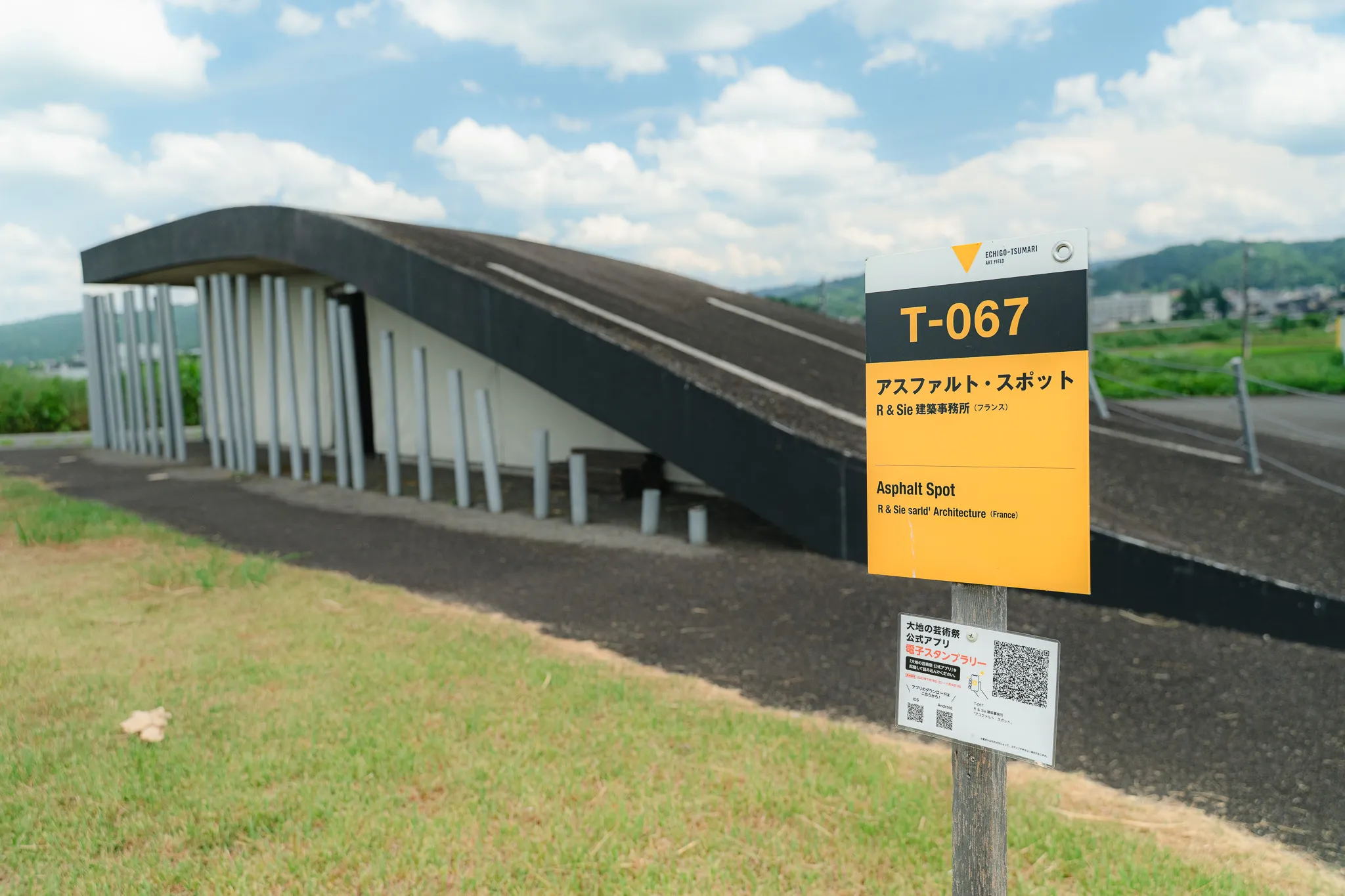

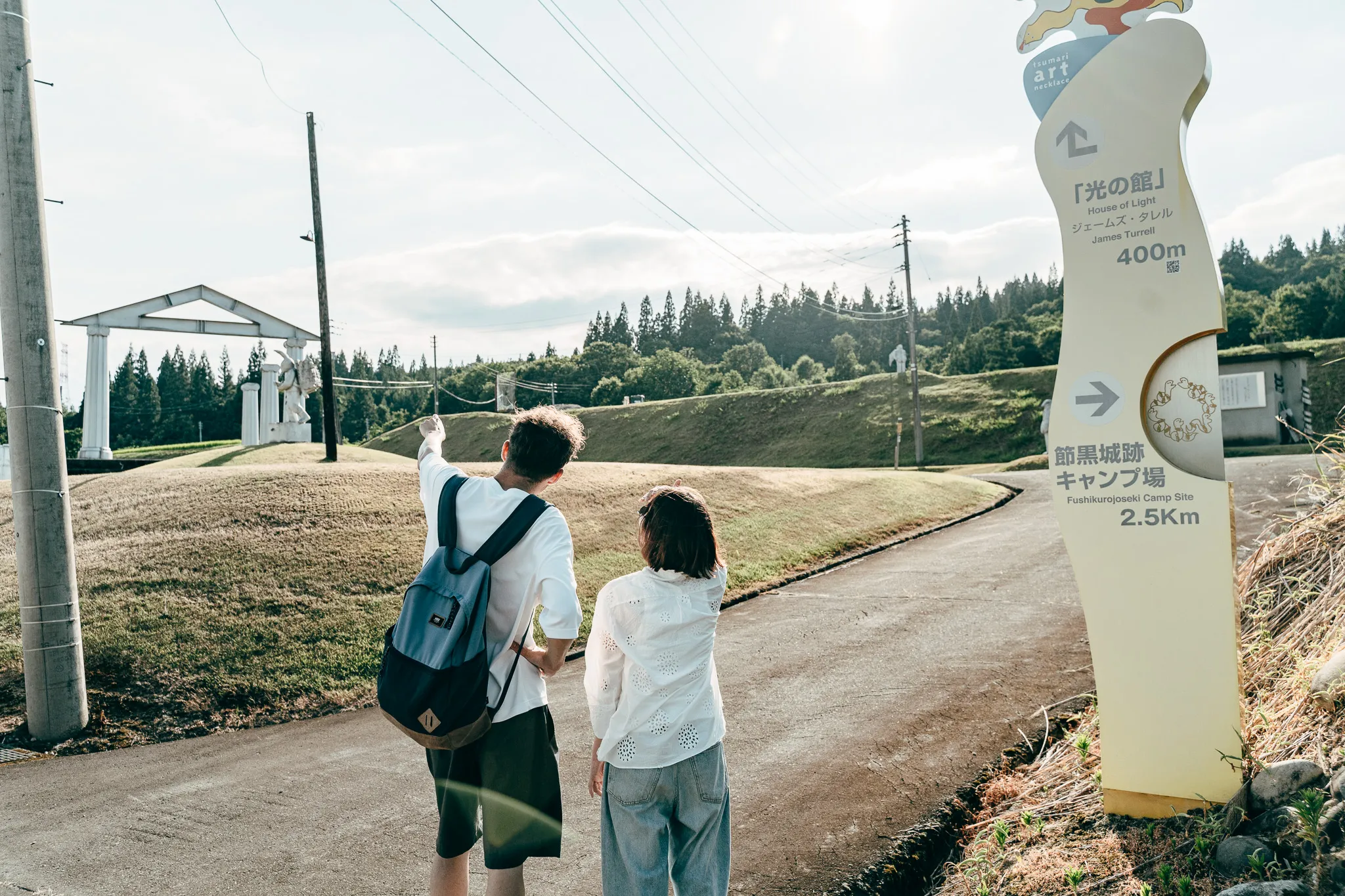


What is the Echigo-Tsumari Art Triennale?
The Echigo-Tsumari Art Triennale is an international art festival held in the Echigo-Tsumari region of Niigata Prefecture. Since its first edition in 2000, it has been held every three years as a triennial and is considered one of the world’s largest international art festivals.
Beginning with a satoyama revitalization plan proposed by the former governor of Niigata Prefecture, the initiative launched in 2000 as an effort to breathe new life into depopulating rural communities.
The Echigo-Tsumari region, where the festival takes place, is a vast rural area of approximately 760 square kilometers spanning six areas including Tokamachi City and Tsunan Town.Approximately 200 permanent artworks are scattered throughout the area, allowing visitors to enjoy the art alongside the ever-changing seasonal landscapes of the satoyama throughout the year, not just during the festival period.
Highlights of the Echigo-Tsumari Art Triennale
The artworks scattered throughout the deep rural mountains are arranged to blend seamlessly into the landscape. Additionally, there are numerous unique permanent installations that fully utilize tunnels and abandoned schools, such as the Kiyotsu Gorge Tunnel, the House of Light, and the Hachi & Seizo Tajima Picture Book and Wooden Fruit Museum.
James Turrell’s “House of Light” in the Kawanishi area features a raised wooden structure exterior, with a large opening in the second-floor ceiling. When the roof opens, the sky appears framed like a picture, allowing visitors to experience “light art” that lets them feel the sunlight, the movement of clouds, and even the presence of the wind. Remarkably, guests can stay overnight here, enjoying the “light programs” at dawn and dusk, revealing completely different expressions of the same space depending on the time of day.
The Matsushiro area’s “Nohbutai Field Museum” features approximately 40 works scattered over 2 kilometers, including the ‘Nohbutai’ by Dutch architectural unit MVRDV.
Matsudai Nohbutai features a large main venue alongside exhibits utilizing repurposed old elementary schools and barns, transforming the entire satoyama area into an open-air museum. Also in the Matsudai district is the “Hachi & Seizo Tajima Picture Book and Wooden Fruit Museum,” curated by Atsushi Hachirei. Here, visitors can experience the “world of picture books” within a spatial picture book museum set within the wooden structure of the former Sanada Elementary School.
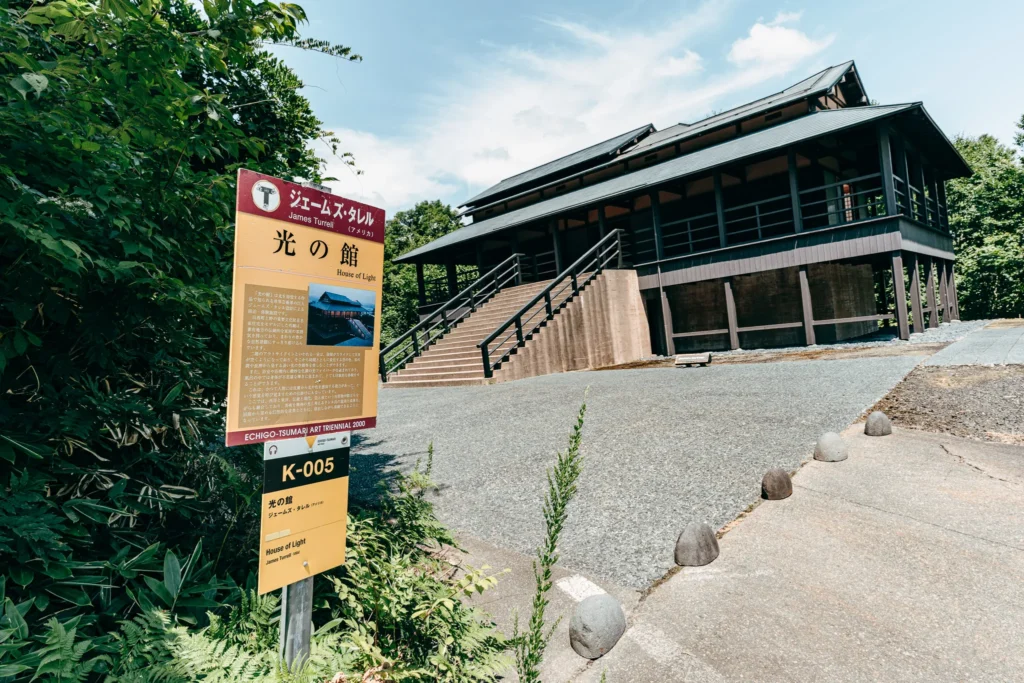
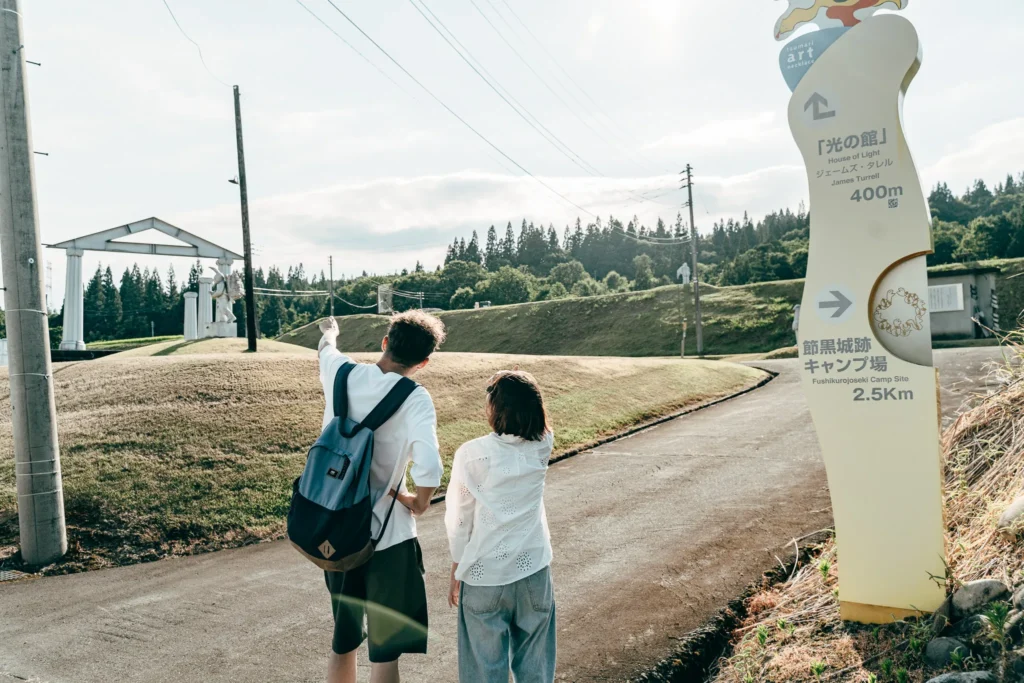
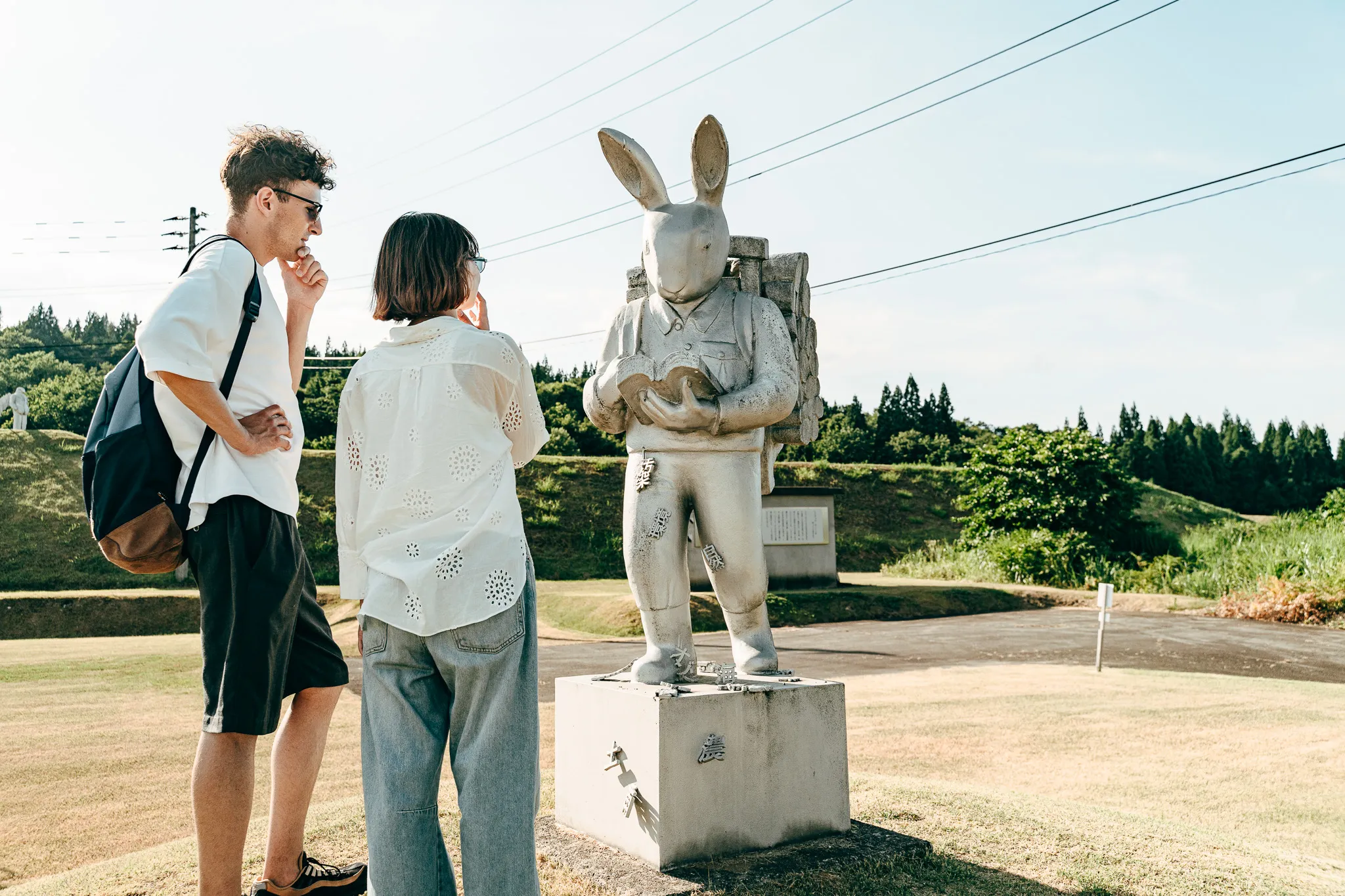



Art installations at the Asphalt Spot
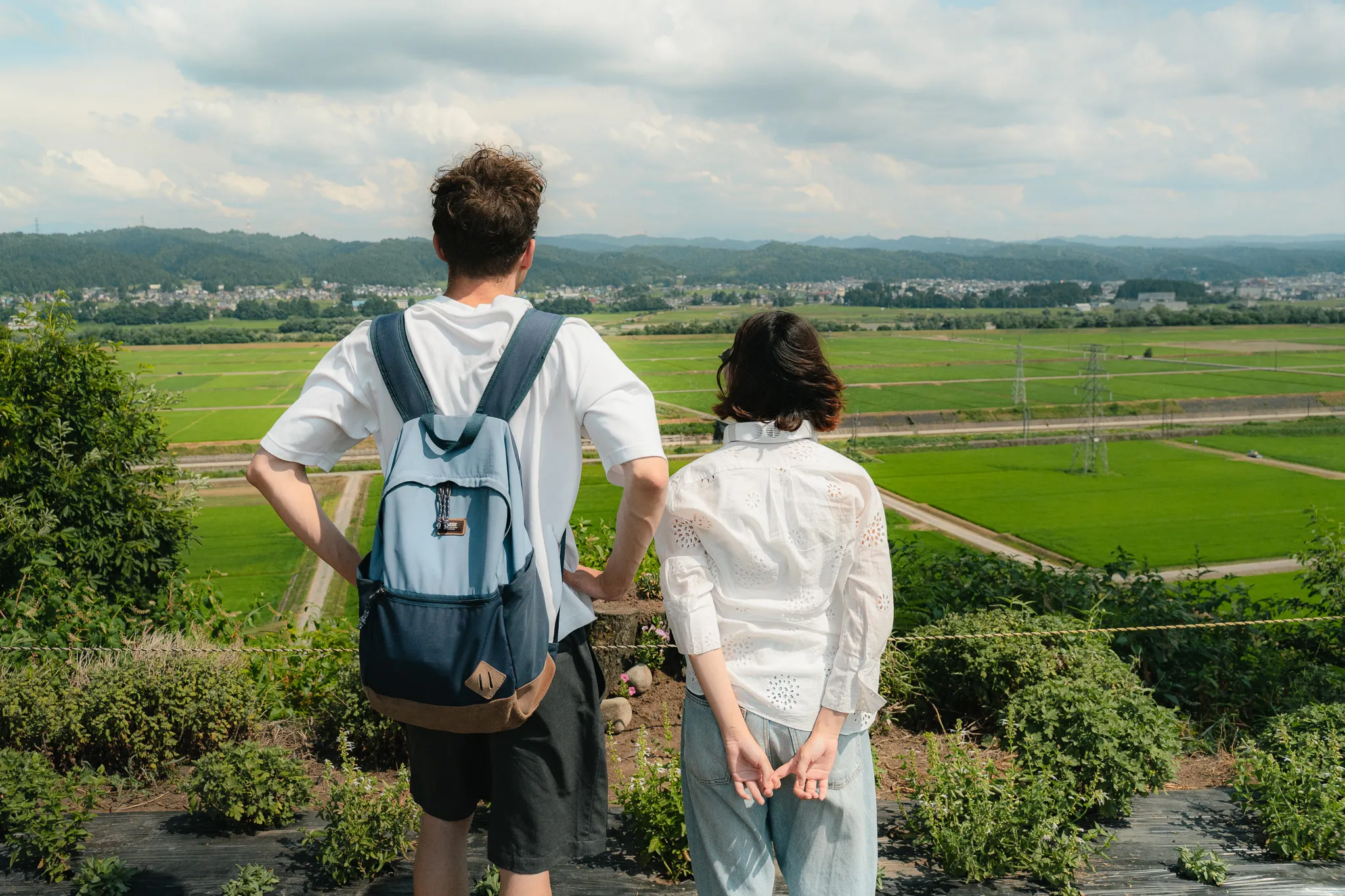

Rice field
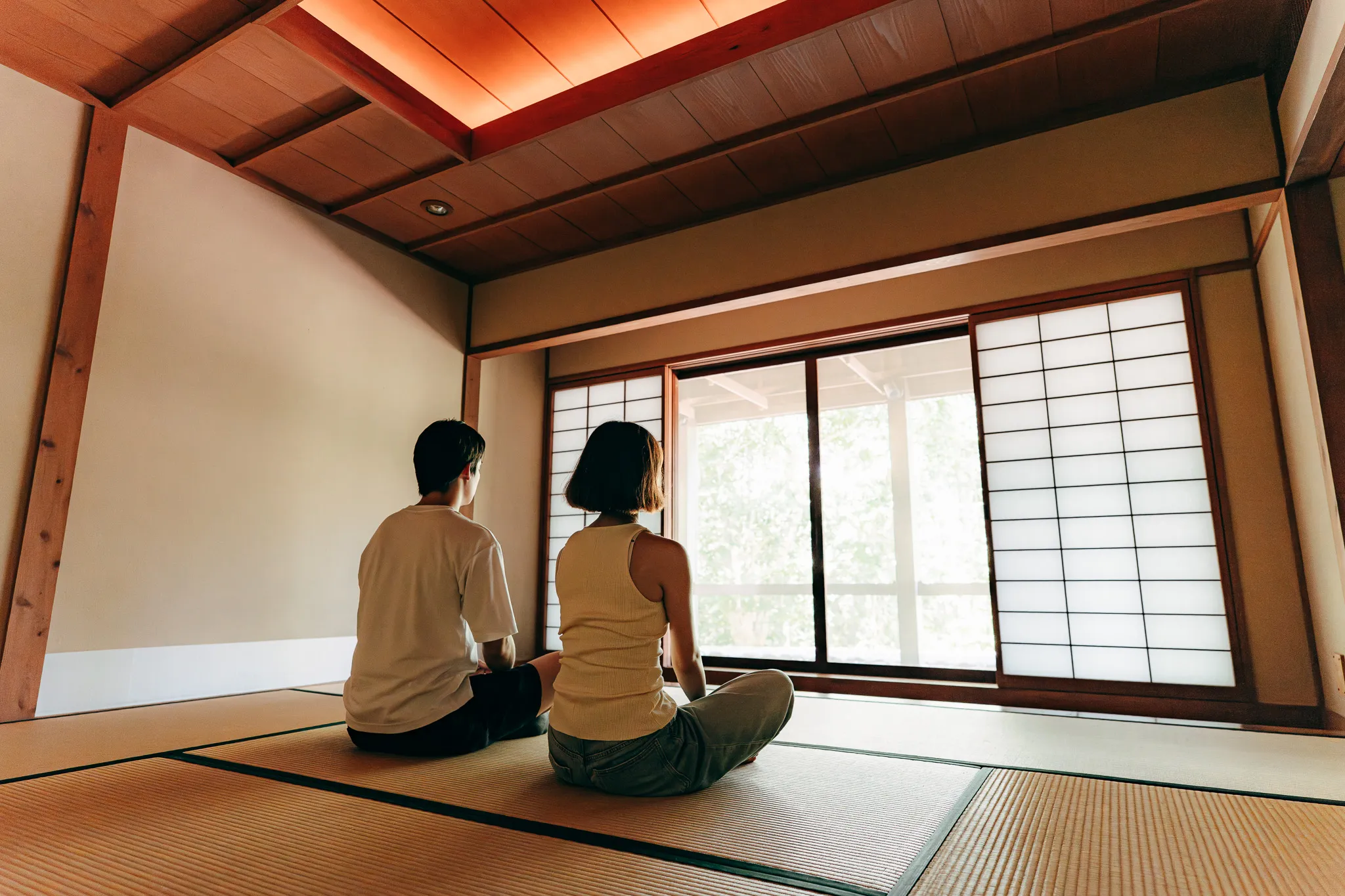

Experience Zazen
How to Enjoy / Recommended Activities
If you want to enjoy as much of the scattered art as possible, start by purchasing the “Echigo-Tsumari Common Ticket,” released each season. Presenting this ticket allows you to view each work on display during the exhibition period once, and a second viewing is available at half price. (Some works are excluded.)
The journey begins at Tokamachi Station. For visitors from the Tokyo metropolitan area, access is excellent: take the JR Joetsu bullet train from Tokyo Station to Echigo-Yuzawa Station (about 1 hour 10 minutes), then transfer to the Hokuhoku Line for Tokamachi Station (about 30 minutes). Bicycles can be rented at the “Tokamachi City General Tourist Information Center Tocco,” directly connected to Tokamachi Station. We recommend the sporty electric-assist “Satoyama E-Bike.” Its thick tires handle rice paddy paths, and with a range of about 70km per day, you can efficiently tour the art installations from village to village. E-Bikes rent for ¥1,500 for 4 hours or ¥2,800 for a full day.

Another delight is experiencing the local specialties and scenery. Tokamachi boasts many renowned restaurants serving hegi soba, a local buckwheat noodle dish bound with seaweed. Between art viewings, you can savor regional cuisine made with local ingredients. At Michi-no-Eki Yukiakari, set meals featuring small bowls of local ingredients are popular.
After lunch, head toward Matsushiro and visit the Nohbutai Field Museum. Riding through the rich rural landscape while searching for art makes the journey itself a pleasant activity. If you have the stamina, extend your trip toward Matsunoyama Onsen or Tsunan to fully enjoy the exhibits and the breathtaking views of the mountain villages. The powerful assist of the e-bike comes in handy on the uphill climbs.
Accommodation artworks include the aforementioned “House of Light,” the “House of Clay” which revitalizes a thatched-roof farmhouse with ceramic art, and the “House of Transformation,” where an entire 150-year-old traditional house has been transformed into an artwork. For those seeking a special journey, we highly recommend spending a unique night immersed in these artistic spaces.
Basic Information
Access
Address: Tokamachi City, Tsunan Town, Niigata Prefecture, and other locations (6 areas in the Echigo-Tsumari region, total approx. 760 km²)
Access:
- ・Train: JR Tokyo Station → (Joetsu Shinkansen 1h10) Echigo-Yuzawa → (JR Joetsu Line 30 min) Tokamachi
- ・Car: Kan-Etsu Expressway, Muikamachi IC → approx. 30 min via National Route 253
- ・Bicycle: Rental bicycles (standard bikes, e-bikes) available at information centers in Yokaichimachi and Tsunan

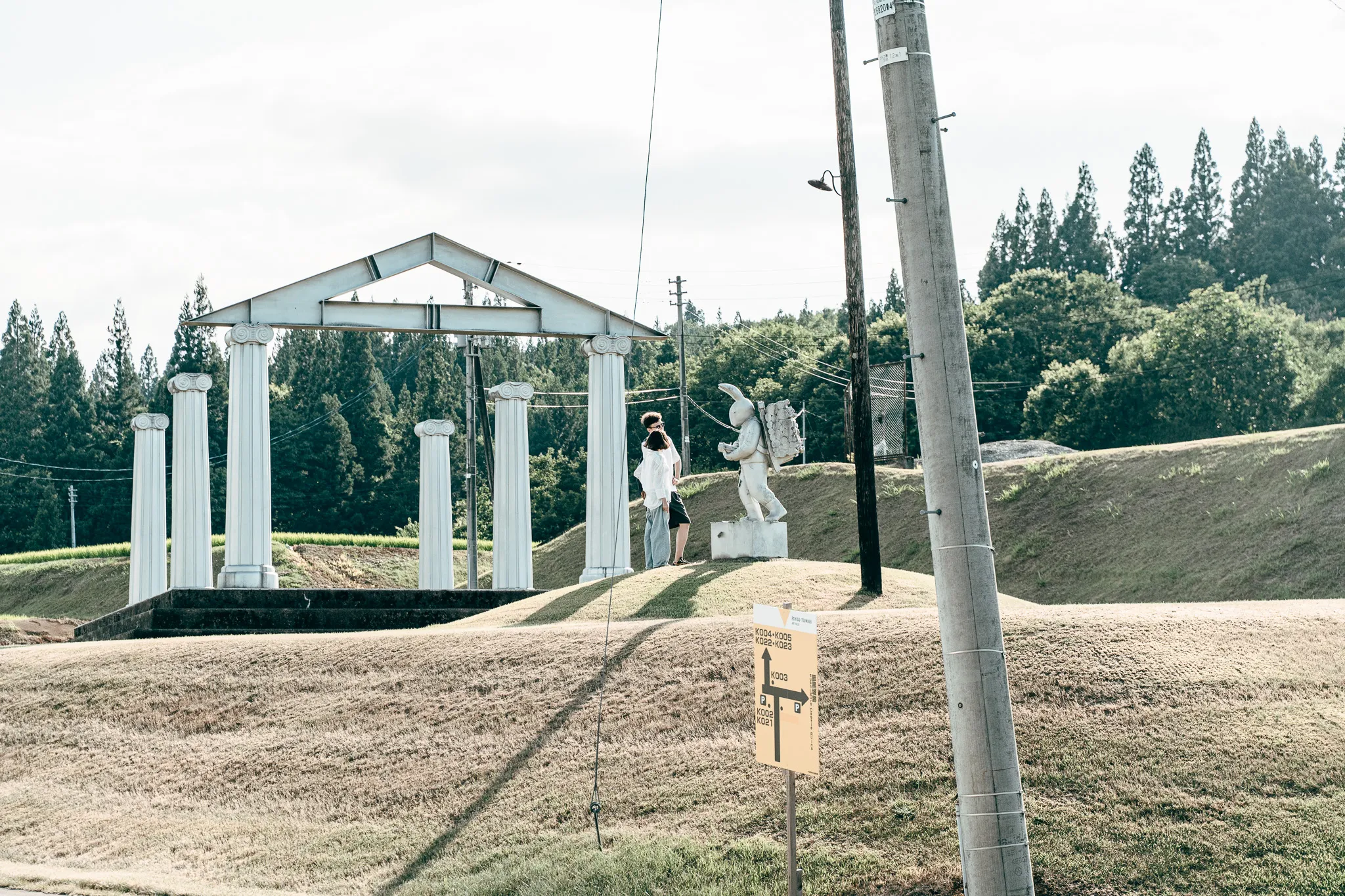
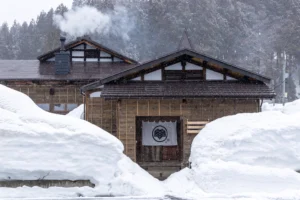
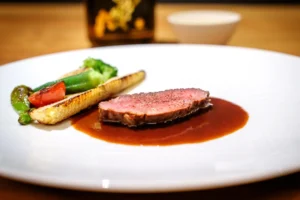

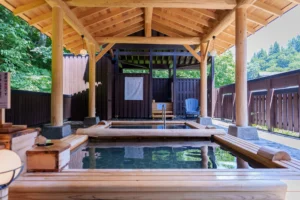

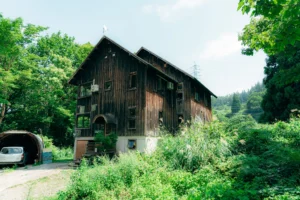
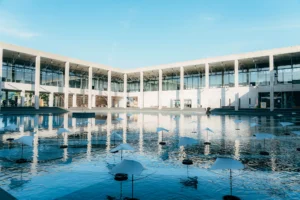
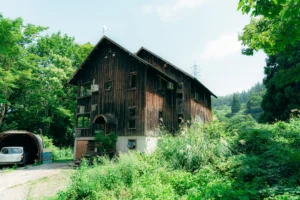
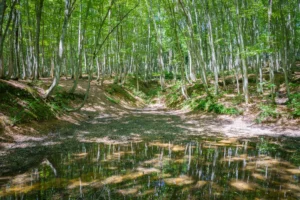

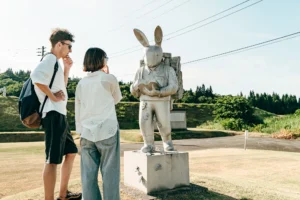


Art installations of “Dedicated to Rachel Carson”